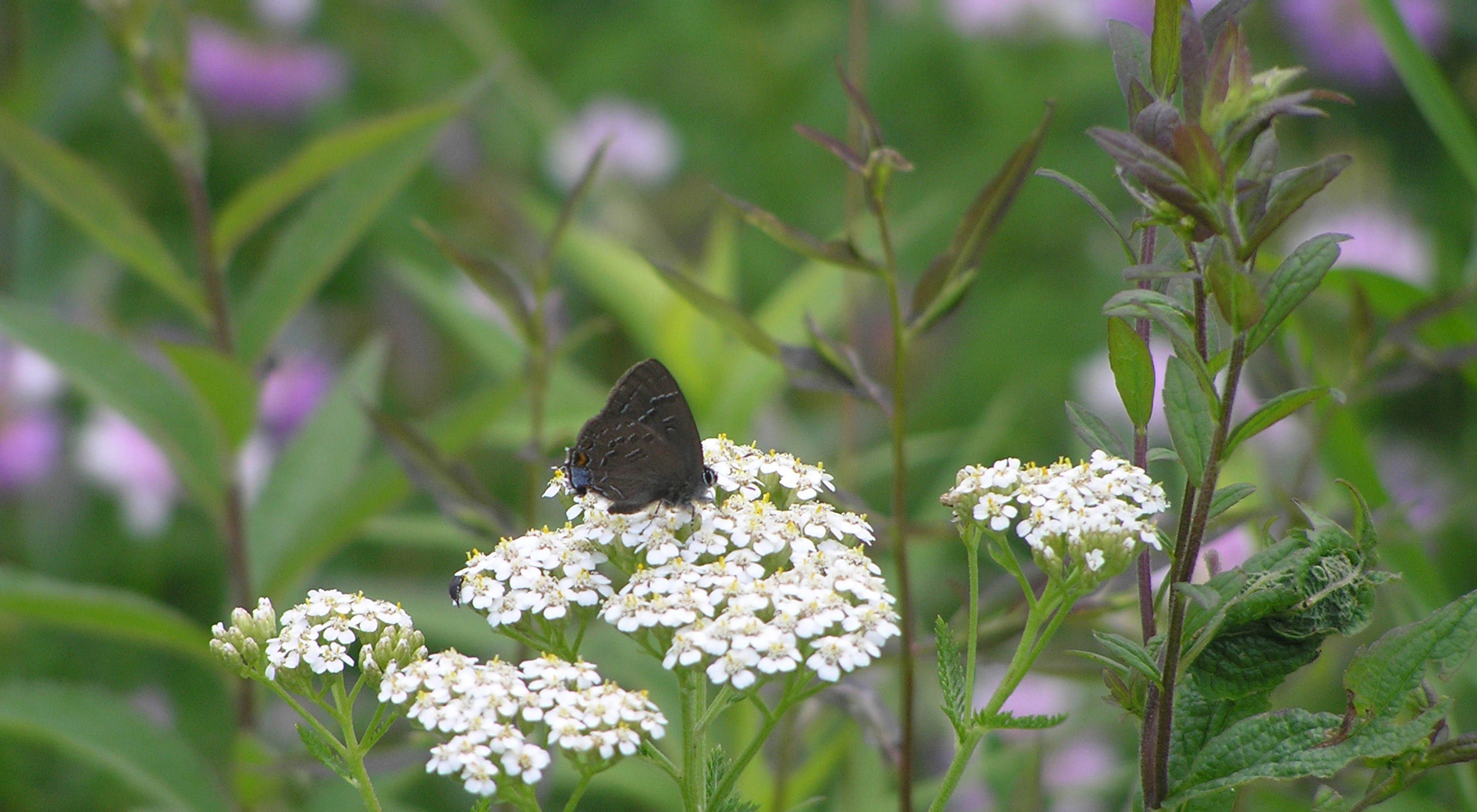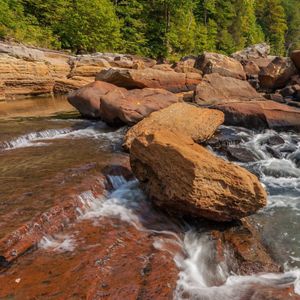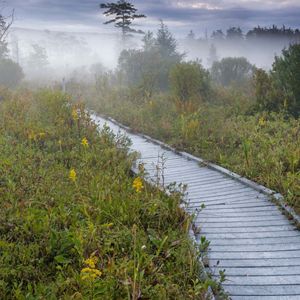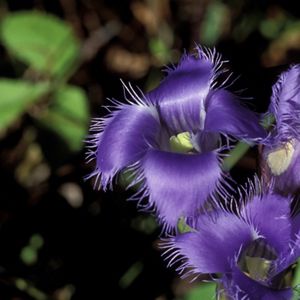Description
The Glades is one of Maryland’s oldest peatlands, dating back 18,000 years. It is also the state’s largest and most open peatland. It is the central bog area of the largest wetland complex in western Maryland. This wetland covers some 600 acres and contains peat up to nine feet deep.
The peatlands of western Maryland began forming during the most recent Ice Age. As the glaciers slowly advanced from the north, only those plants adapting to the colder climate survived.
Some of these boreal plants are still found in parts of Maryland today, including The Glades, which began as a lake impounded by a natural sandstone dam. Over time it filled with peat, and the combination of high elevation, poor drainage and frost pocket topography allowed the boreal species to thrive here despite an overall warming of the climate.
The Glades approaches an ombrotrophic system (fed solely by rain), making it of great scientific interest. The central bog area is dominated by sphagnum and polytrichum mosses. Several species of sphagnum moss are restricted in Maryland to this and nearby peatlands.
Because it is such a vast, undisturbed area, The Glades is home to large mammals such as black bears and bobcats. Its unusual ecology creates the necessary habitat for at least ten other state-rare plant and animal species, including small cranberry (Vaccinium oxycoccos), bog clubmoss (Lycopodium inundatum), nesting Nashville warblers and the alder flycatcher.
One management project saw 200 volunteers transplant 26,000 red spruce seedlings into historical habitat over six years. Another project involves coal mine reclamation: TNC installed a new, state-of-the-art SAPS (Successive Alkalinity Producing System), replacing a 20 year-old series of treatment ponds. Areas downstream of treatment have already been recovering.
Volunteer weed watchers monitor the site for new non-native plants. Other projects include reducing the impact of deer by maintaining a neighbors-only permitted hunting program and controlling invasive plants.
The Glades mountain peatlands are fragile, so the preserve is only open to scientific research with prior permission from TNC. Thank you for your understanding and help in protecting this important part of Maryland's natural heritage.






